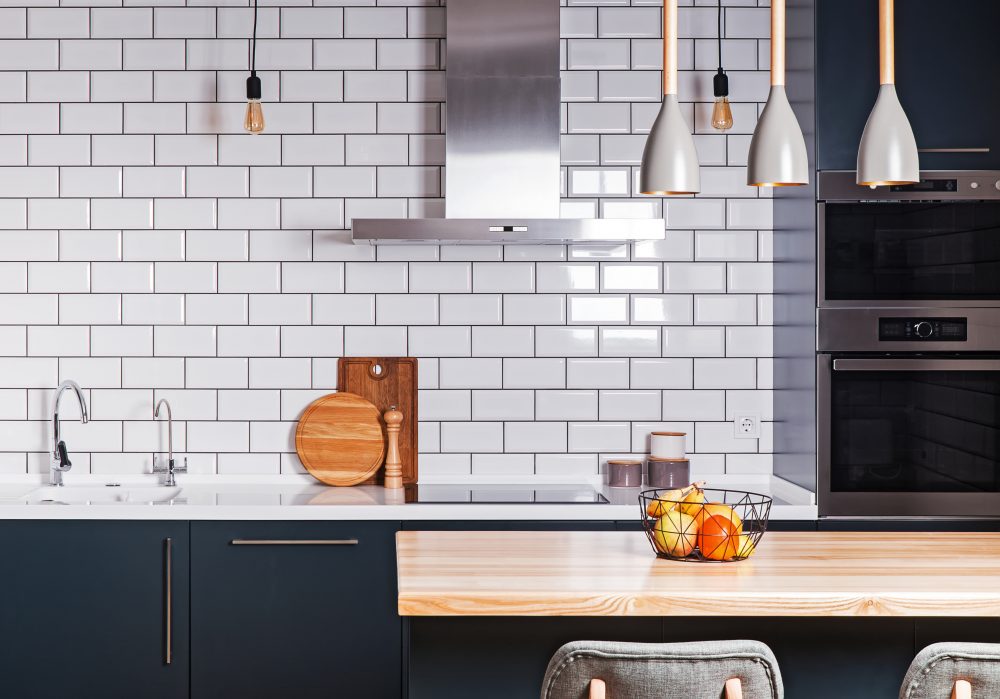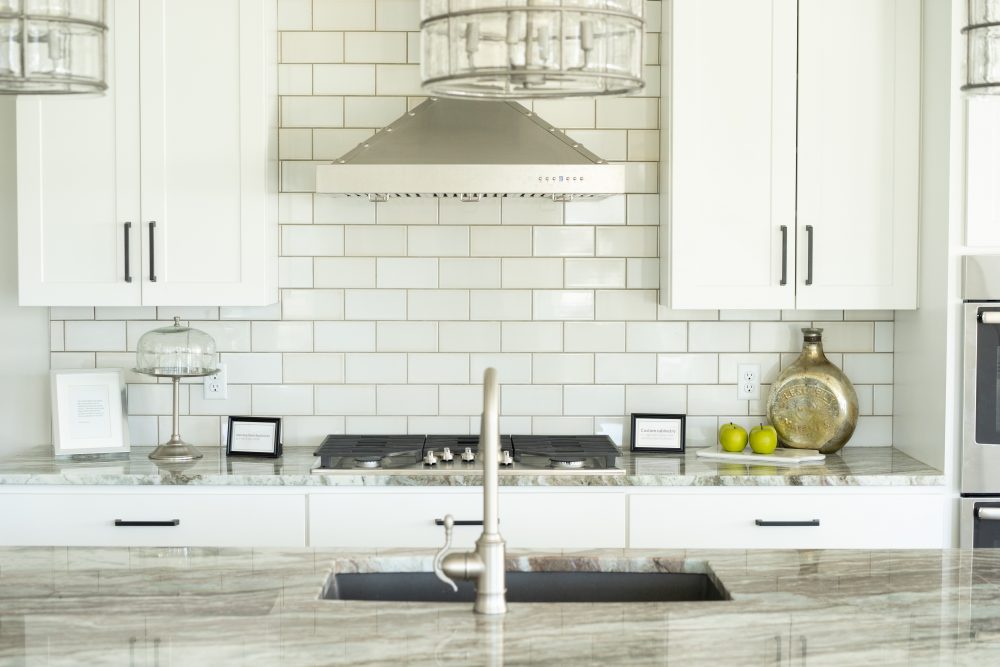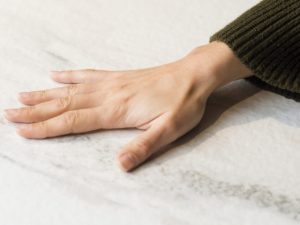
Using an urban element like the typical New York subway tiles to decorate interiors is a trend. In fact, it has become a classic that keeps showing up with a vintage touch on the walls of different rooms. As with terrazzo, the secret is to use an old material in a new manner or to create unexpected combinations.
It is a tile whose origin dates back to the opening of the first subway in New York in 1904. It is therefore a format that has already lasted a century without ceasing to be always on top. It has a simple design (about 15 cm long and 7.5 cm wide) with a certain industrial – or public – touch. And it manages to break the traditional on the walls of kitchens and bathrooms.
Proposals to decorate with subway style tile: all in white

With the white version and the lowered edges, we create an effect that oscillates between the urban and the classic. It fits perfectly for kitchen and bathroom walls, where you can cover only a few key areas and combine it with smooth walls. It creates clean and shiny surfaces, but at the same time its texture breaks the monotony.
If we use this version, we can play on the contrast with furniture or accessories in black or create subway-style baseboards in walls painted in the same shade of white. In combination with black and white hydraulic tiles, we can achieve a surprising result. In any case, the mixture of sensations is the same: clean, retro and warm at the same time.
Horizontally or herringbone mock?

Placing metro tiles in a zigzag (also called herringbone) pattern can help to break the statism of a minimalist room and provide movement. Placing metro tiles in the traditional way, horizontally and in alternating positions – so that the end of a tile coincides with half of the upper and lower tiles -creates a certain rhythm on the walls. When we place it in a herringbone mock pattern, it becomes a distinct way to attract attention.
For example, a completely smooth tile in neutral colors can be used and installed in this unexpected way to create a dynamic focal point on the wall or floor. Moreover, if you choose a subway-style tile in a deeper color, the effect will be as eye-catching as it is attractive. It can be perfectly combined with other trends reminiscent of the sixties, such as curved lines in furniture.
Vertical laying, also in opposite directions, is another option. This is a rare option that can create a look like a staircase, alternating vertical and horizontal tiles.
The importance of textures

So far we have proposed tiles with a clean finish, with or without lowered edges. But rougher and irregular finishes will add a surprising touch to rustic spaces, such as kitchens in second homes. This effect can also be achieved with a smooth subway-style tile, if we apply contrasting color joints.
Another way to achieve serene textures is to use tiles with different shades of the same series, some darker and others lighter, arranged randomly to achieve an almost natural surface reminiscent of the grain of natural stone.
The possibilities for the Subway tile are endless. As is its ability to bring uniqueness to a space despite its very simple design – which doesn’t actually prevent you from innovating season after season again. We encourage you to experiment with its installation options, combinations and finishes to achieve a unique result.





